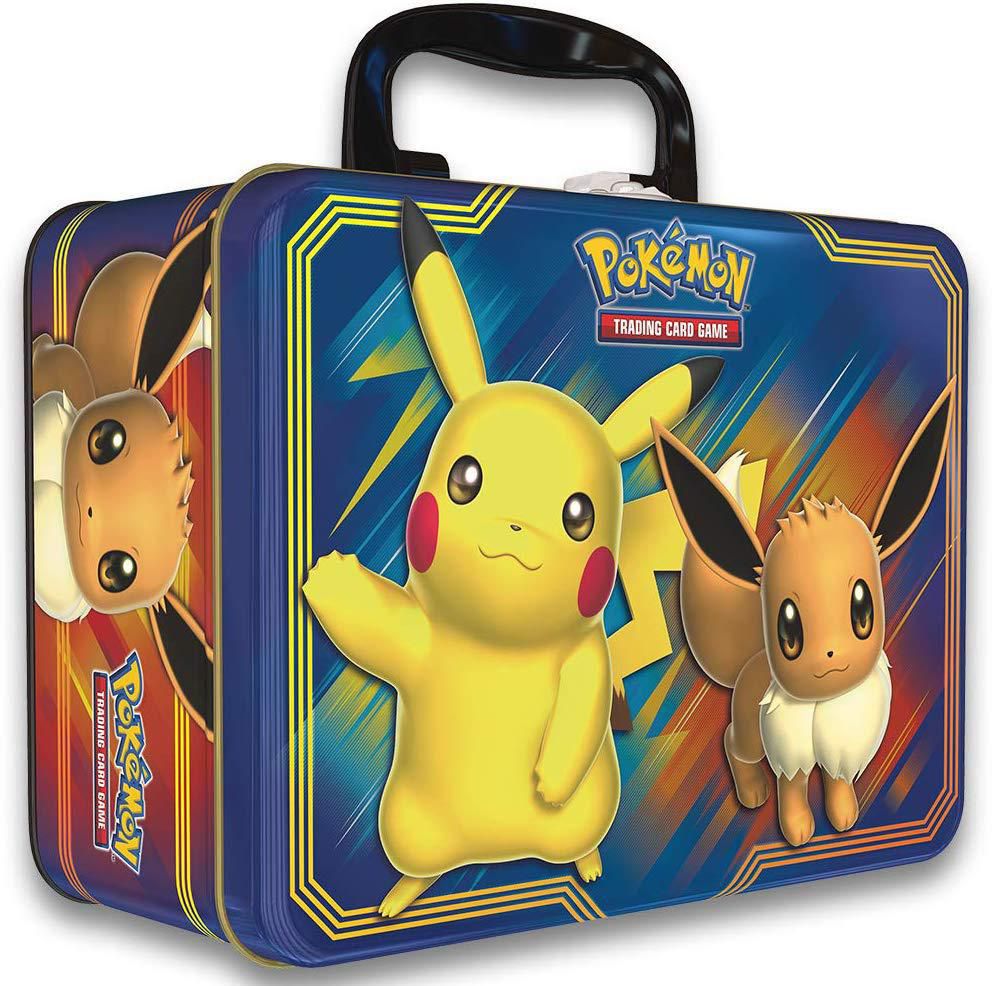Nerf MicroShots Star Wars Han Solo Blaster, Ages 8 and Up
Mini version of a favorite Star Wars Nerf blaster. Part of the collectible MicroShots series. Fires 1 dart at a time. Includes 2 Elite darts. Includes blaster and 2 darts.
Blast into big fun with Nerf MicroShots series that includes collectible, mini-sized versions of favorite Star Wars Nerf blasters (each sold separately)! Imagine battling across the galaxy like Han Solo with the Nerf MicroShots Star Wars Han Solo blaster, which fires 1 dart at a time and comes with 2 Elite darts. Nerf battlers can collect all the Nerf MicroShots blasters! (Each sold separately.)
Star Wars products are produced by Hasbro under license from Lucasfilm Ltd.
Nerf and all related terms are trademarks of Hasbro.
- Mini version of a favorite Star Wars Nerf blaster
- Part of the collectible MicroShots series
- Fires 1 dart at a time
- Includes 2 Elite darts
- Includes blaster and 2 darts.
- Ages 8 and up
- CAUTION: Do not aim at eyes or face. TO AVOID INJURY: Use only with official NERF darts. Other darts may not meet safety standards. Do not modify darts or dart blaster.
- WARNING: CHOKING HAZARD : Small parts may be generated. Not for children under 3 years.
Additional information
| Age Range | 8-99 |
|---|---|
| Manufacturer Part Number | E2031 |
| Assembled Product Weight | 0.622 lb |
| Assembled Product Dimensions (L x W x H) | 1.75 x 8.50 x 6.50 Inches |






Reviews
There are no reviews yet.